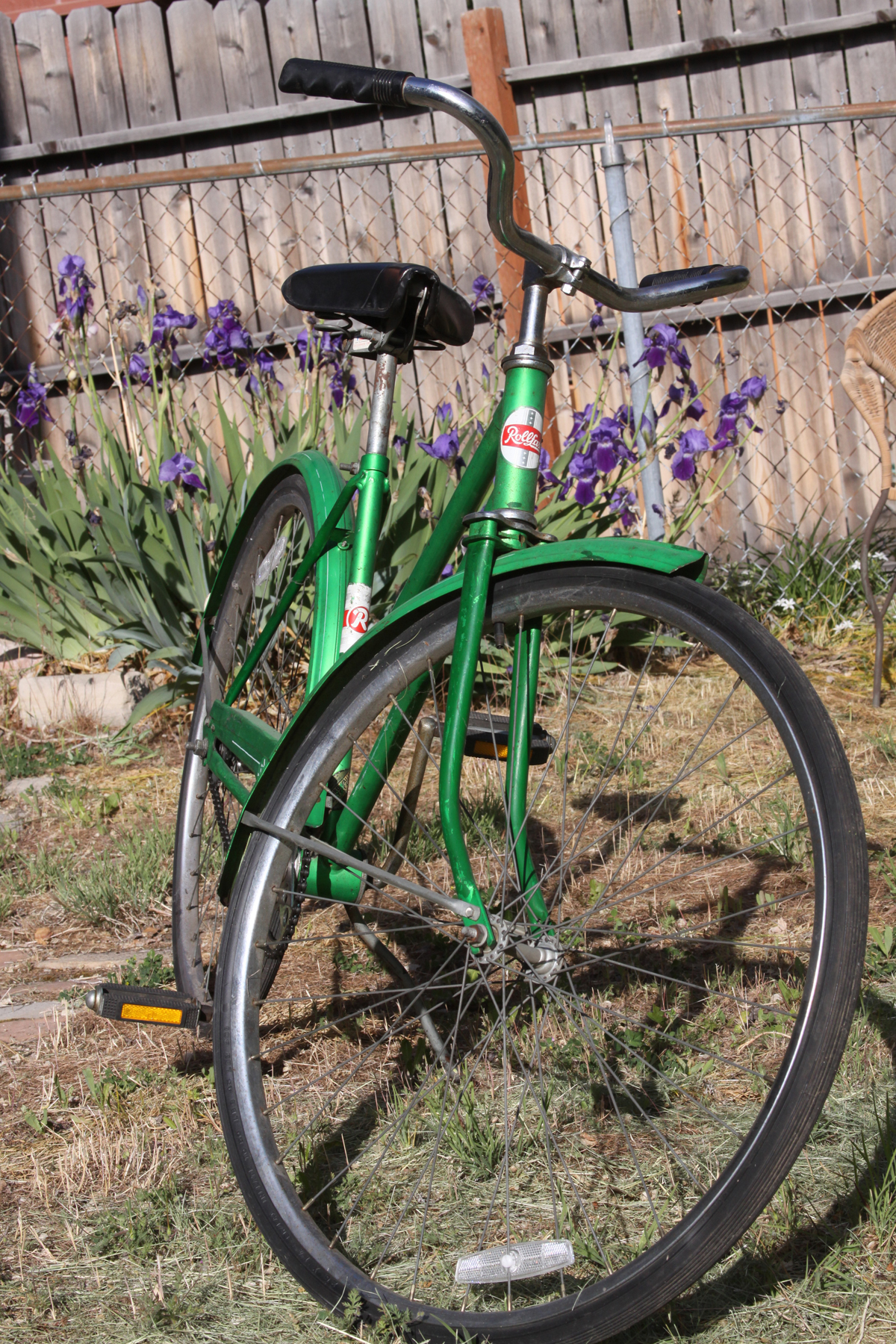By John Higgins — What is a bicycle? Yes, this is a rhetorical question, which means there are many possible answers, and all of them could be correct. I’d like to offer a perspective that attends to both the mechanicalness of a bicycle, and the experience of riding one. A bicycle is the synergy of content and context.
Step away from the bicycle for a moment and consider this analogy. Imagine a bowl of fruit artfully arranged and displayed on a table. Your eye is drawn to the fruit and your saliva glands are activated by the colors and anticipated taste. Suddenly the bowl vanishes, and the fruit rolls off. Some falls on the floor and is bruised and dented. It doesn’t seem quite as tasty anymore. The bowl was providing context for the fruit, which was the content. The fruit can be replaced. So can the bowl for that matter. But without the bowl the overall appeal is missing, and we just have a mess on the floor.

Back to the bicycle. The frame provides context. Everything attached to it is the content. Our eye may be drawn to the context – the frame – or to the content – the components: wheelset, drivetrain, and contact points.
When we focus on a bicycle and how it will ride, we are often focused on the content. How nice are the wheels? What quality is the drivetrain? How comfortable will that saddle be? Oohhhh – electronic shifting and disc brakes! The saliva glands are activating….
But what about the frame? The frame is a lot more than a simple vehicle for all those shiny bits. However, it often receives scant attention and is summarized as this: cool fast kids ride carbon, old slow guys ride steel. Does alloy even exist anymore? And why Ti?? Carbon it is. (Now, about that wheel upgrade….)
Without a frame we just have a mess of parts on the floor. All those parts are interchangeable and replaceable and may serve to diminish or enhance the role the frame has to play. But the frame sets the scene for ride quality and the overall cycling experience. The frame geometry, material, and build quality set the stage for how well all the parts are attached and displayed, but also how they will function. The riding experience requires a careful blend of context and content. Neither is adequate nor functional on its own.
A sub-standard frame can be dressed up with any number of go-fast parts, but this doesn’t mean the underlying capability and characteristics of the bike will improve. Can I mention “lipstick” and “pig” in the same sentence?
A superior frame, on the other hand, can be rejuvenated with a makeover so that it lives to ride another day. Yes, frames wear out, crack or break, but generally the bowl lasts longer than the fruit, and its important job is often taken for granted.
Next time you are thinking of upgrading parts or buying a new bike, give the frame careful thought. If you are upgrading an existing bike, does the frame merit that investment? If you are buying a new bike, look beyond the marketing gloss and determine how good the frame really is. Is the bike intended to be a long-term buy and hold, or a short-term play? For the latter, any generic carbon frame out of Asia may be totally adequate. For the former, context is more important than content, and you may want to consider something carefully crafted like a custom handmade frame that is made for the long road ahead.
John Higgins is a professional bike fitter and purveyor of unique and boutique bicycles and fit-related components and accessories in Salt Lake City. More info on bikefitr.com

